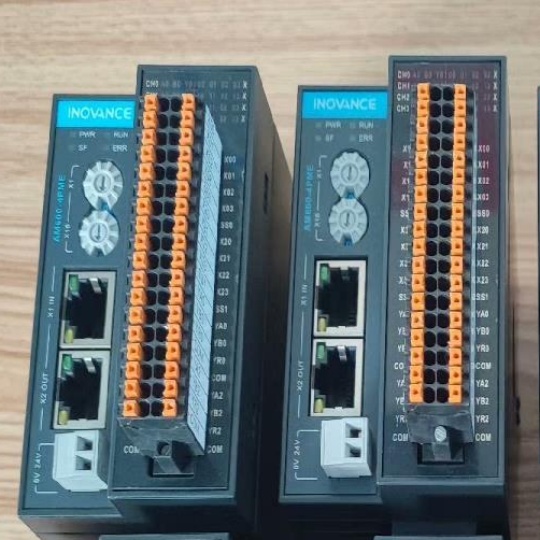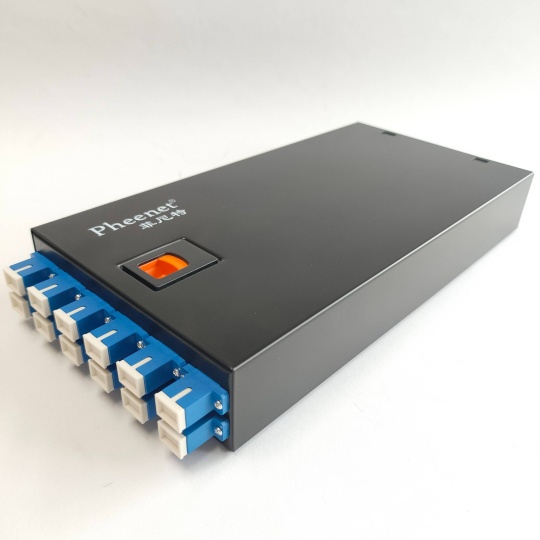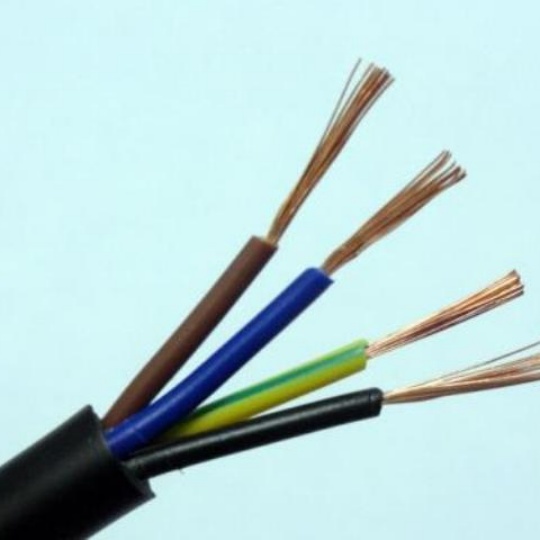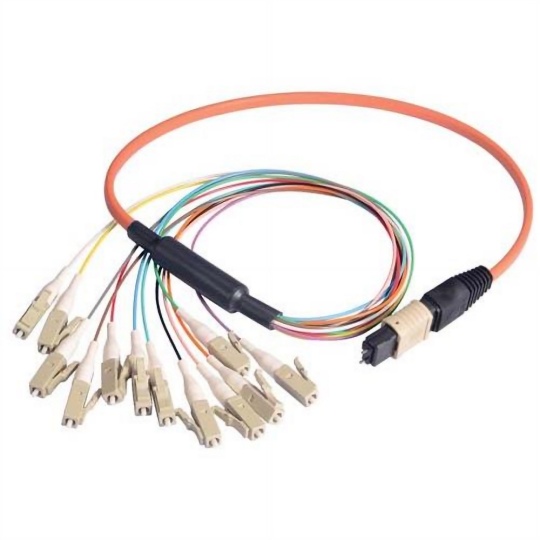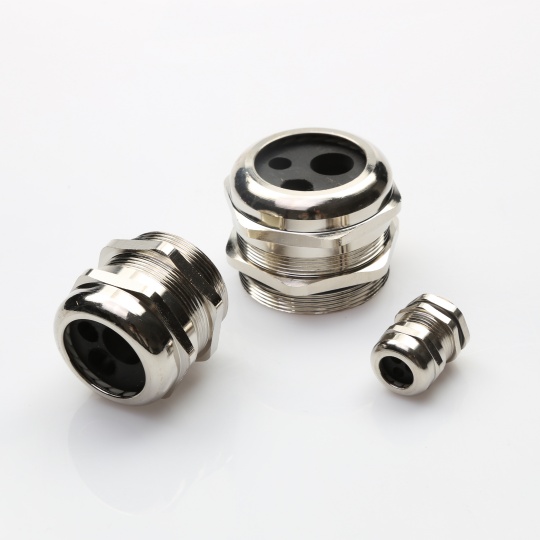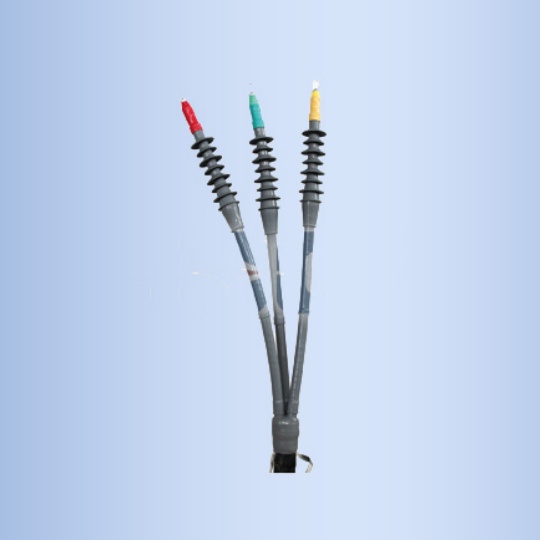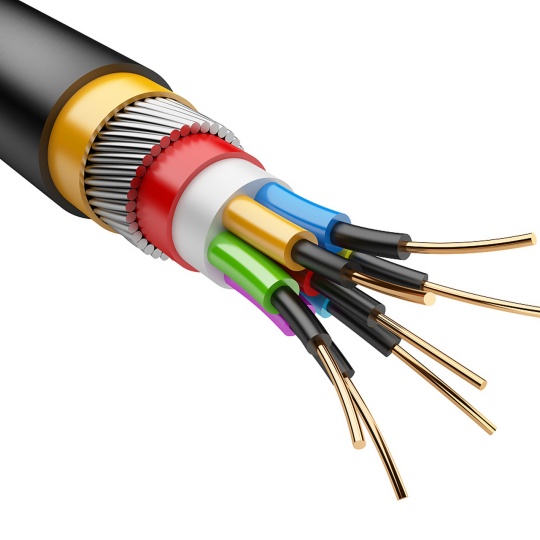What is the maximum temperature an industrial cable can withstand?
This question is critical for professionals in manufacturing, energy, and heavy industries, where cables operate in demanding environments. The answer depends on multiple factors, primarily the cable’s insulation material, design, and intended application. Below is a detailed breakdown to guide practical decision-making.
General Temperature Ranges for Common Industrial Cables
Industrial cables are engineered to tolerate specific temperature thresholds, with variations based on their construction:
- PVC (Polyvinyl Chloride) Insulated Cables: These are widely used in moderate environments. Their maximum continuous operating temperature typically ranges from 70°C to 90°C. Short-term exposure to higher temperatures (up to 105°C) may be possible, but prolonged use beyond their rated limit can cause insulation degradation, leading to reduced flexibility and increased risk of electrical failure.
- XLPE (Cross-Linked Polyethylene) Insulated Cables: Offering better heat resistance than PVC, XLPE cables are suitable for more demanding applications. They can operate continuously at 90°C to 125°C. The cross-linking process enhances their thermal stability, allowing them to maintain performance in higher ambient temperatures, such as in power distribution systems or industrial machinery.
- Silicone Rubber Insulated Cables: Designed for high-temperature environments, these cables excel in applications like foundries, glass manufacturing, or near furnaces. Their continuous operating temperature ranges from 150°C to 180°C, with some specialized versions capable of withstanding up to 200°C for extended periods. Silicone rubber also retains flexibility at low temperatures, making it versatile across temperature extremes.
- Fluoropolymer Insulated Cables (e.g., PTFE, FEP): These are the most heat-resistant industrial cables. PTFE (Polytetrafluoroethylene) insulated cables can operate continuously at 200°C to 260°C, with short-term peaks up to 300°C. They are ideal for extreme environments, including chemical processing plants, aerospace facilities, and high-temperature ovens, where resistance to heat, chemicals, and radiation is essential.
Key Factors Influencing Temperature Resistance
Beyond insulation material, several factors affect a cable’s ability to withstand high temperatures:
- Conductor Size: Larger conductors dissipate heat more effectively, allowing the cable to handle higher currents without overheating. A smaller conductor in a high-current application may exceed its temperature rating even if the insulation is heat-resistant.
- Ambient Temperature: The surrounding environment plays a significant role. A cable rated for 125°C in a 30°C ambient may struggle in a 60°C environment, as the combined heat (ambient + generated) can push it beyond its limit.
- Installation Conditions: Cables installed in enclosed spaces, conduit, or bundling with other cables trap heat, reducing heat dissipation. This can lower the effective temperature rating, requiring derating (using a cable with a higher temperature rating than the nominal requirement).
- Exposure Duration: Short-term temperature spikes (e.g., during equipment start-up) are less damaging than continuous high-temperature exposure. Manufacturers often specify both continuous and short-term (peak) temperature ratings.
Practical Considerations for Selection
To ensure safety and performance, consider the following when choosing an industrial cable:
- Match the Cable to the Environment: Evaluate the maximum expected temperature in the application, including ambient heat and heat generated by the cable itself (due to current flow). Select a cable with a rating that exceeds this maximum by a safety margin (typically 10–20°C).
- Check Industry Standards: Cables certified by organizations like IEC (International Electrotechnical Commission) or UL (Underwriters Laboratories) undergo rigorous testing to verify their temperature ratings, ensuring reliability.
- Account for Long-Term Use: High temperatures accelerate insulation aging. For cables intended for long service life (10+ years), opt for a higher temperature rating than the immediate requirement to mitigate degradation over time.
In summary, the maximum temperature an industrial cable can withstand ranges from 70°C (PVC) to over 260°C (fluoropolymers), depending on its insulation material and design. By understanding these ranges and the factors that influence performance, professionals can select cables that ensure safety, efficiency, and durability in their specific industrial applications.


